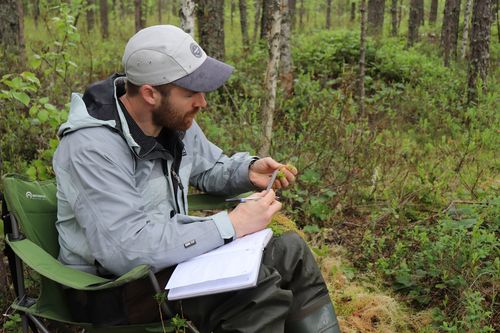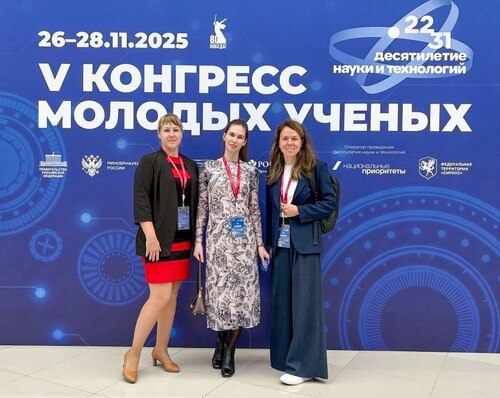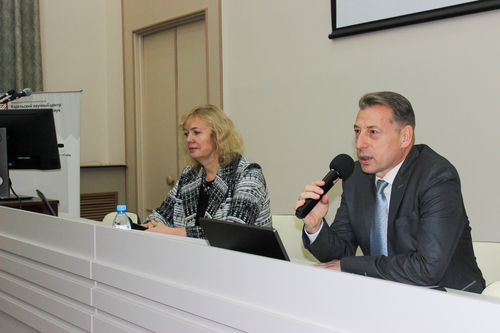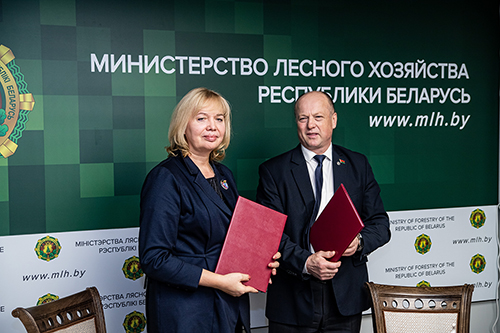As Viktor Mironov tells, one of the best-known manifestations of solar activity is sunspots. This is the term for “darker” and “cooler” areas on the surface of the Sun, where particularly strong magnetic fields inhibit the convection of flaring plasma. Sunspots are usually surrounded by flares – extensive bright regions emitting high-level radiation. Hence, an increase in the number of sunspots concurs with a rise in solar radiation. The greatest rise happens in the short-wave part of the spectrum, including the ozone-layer-penetrating ultraviolet B (UV-B). Plants sense it with a special photoreceptor UVR8. Elevation of UV-B levels is a signal for the plants to slow down shoot growth and UV-B decline – to accelerate it.
– Our data indicate that sunspots slow down Sphagnum growth on a circadian scale slightly but statistically significantly. The strongest effect was found at extreme surges in the number of sunspots. This is in agreement with the hypothesis that the primary mechanism of sunspot number effect is associated with fluctuations in UV-B, – Viktor Mironov shared.
One the other hand, the researcher remarks, there is a paradox: on the yearly scale, solar activity can work in the opposite way – promoting annual increment in plants.
– The thing it that in the long term high solar activity slightly warms up the atmosphere. Since the temperature is one of the key factors for plants, its accelerating effect on growth can in some cases outweigh the retarding effect of UV-B. In effect, whether annual increment in plants is elevated or lowered depends on the balance between the opposite biological effects of UV-B and temperature in the given site, – the scientist explains.
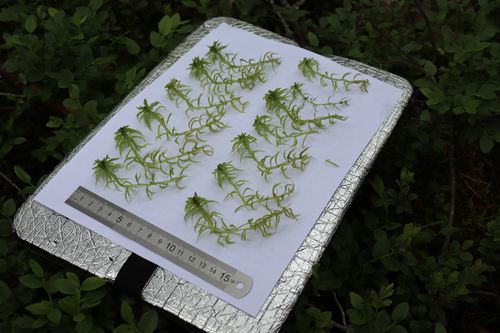
According to the study, the retarding effect of sunspot varies markedly among phases of the 11-year solar cycle. Thus, Viktor Mironov saw the strongest correlation of Sphagnum growth with the sunspot number in years with high solar activity. As solar activity declined, the correlation gradually grew weaker and vanished when the activity was very low. This pattern may prove to be important for understanding the role of the Earth’s ozone layer in blocking out solar activity fluctuations.
– The combination of the newly discovered facts is an indirect indicator of the protective properties of the ozone layer against UV-B fluctuations generated by solar activity. They demonstrate that in periods of extreme solar activity and at the peak of the 11-year solar cycle the ozone layer cannot fully block out the outbreaks of solar radiation. As a result, during high solar activity periods, we are exposed to higher doses of dangerous radiation. This conclusion agrees with the recent findings of foreign colleagues that people born in years with high solar activity have a lower life expectancy and that skin cancer incidence in such years is higher, – the author of the study remarks.
In his previous study, the biologist used data on the cloud cover to demonstrate that the lunar cycle influences plants through variations in the amount of light reflected by the Moon. The researcher has also previously designed and patented a procedure for using plants to identify the shortest solar UV-B wavelengths, which are hard to record by physical instruments.




